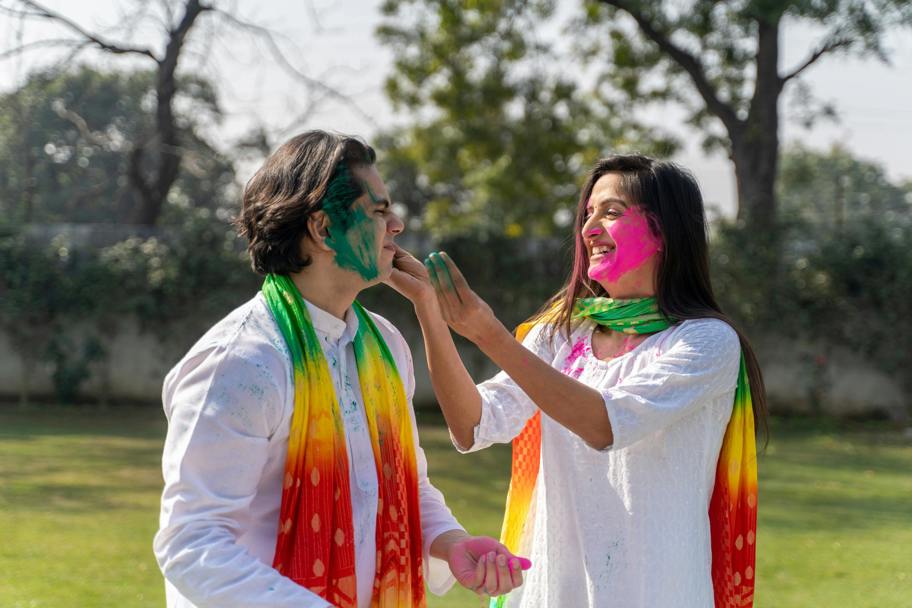


Holi, often referred to as the "Festival of Colors" or the "Festival of Love," is one of the most celebrated and joyous festivals in India. Here’s a detailed description of the festival:
Holi is typically celebrated in March, on the full moon day of the Hindu month of Phalguna. The date varies each year according to the lunar calendar.
Holi marks the arrival of spring and the end of winter. It also signifies the victory of good over evil, the arrival of the harvest season, and the blossoming of love and friendship. Holi is a time for people to forgive past grievances and come together to celebrate unity and joy.
Holi is celebrated differently in various parts of India, each region adding its unique cultural touch:
Holi has gained international popularity, with celebrations taking place in various countries around the world. It is celebrated as a cultural event, promoting Indian traditions and the universal values of joy, love, and unity.
Holi, also known as the Festival of Colors, is one of the most vibrant and popular festivals celebrated in India. It marks the arrival of spring and signifies the victory of good over evil. Here is a brief history and significance of Holi:
Prahlada and Holika:
Radha and Krishna:
Cultural and Social Integration:
Agricultural Significance:
Festival of Colors:
Community Bonding:
Global Celebration:
Holi is a special festival for several reasons, making it one of the most vibrant and beloved festivals in India and beyond. Here are some key aspects that make Holi unique and special:
The festival of Holi is rich in rituals and traditions that add to its vibrancy and cultural significance. Here are some of the key rituals observed during Holi:
Holi is a festival with a rich history and cultural significance. Here are some interesting facts about Holi: